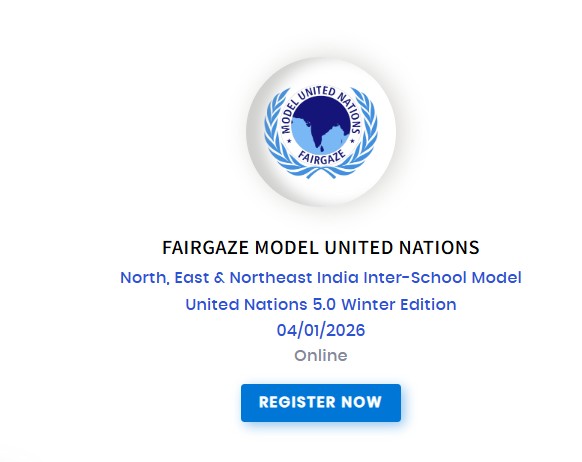
End-of-Summer Recorded Arctic Sea Ice Extent to be Low
Editorials News | Oct-05-2017
NASA-supported National Snow and Ice Data Center (NSIDC) at the University of Colorado Boulder reported that Artic sea ice have reached its yearly lowest extent on 13th September, 2017. The consistent long-term record which began in 1978 showed that Artic sea ice minimum extent appeared to be year’s eighth lowest. NSIDC and NASA analyzed satellite data and recorded ice to be at 1.79 million square miles (4.64 million square kilometers).
Arctic Sea Ice is also referred to as the planet Earth’s air conditioner. The white surface of these ice sheets bounces solar energy back to space and thus cools the globe. Since the late 1970s, the minimum summer time extent has been decreased due to global warming. The temperature was moderate this year for such high altitudes. The minimum sea ice extent for 2017 is 610,000 square miles (1.58 million square kilometers). It was below the 1981-2010 average minimum extent.
By: Bhavna Sharma
Content: climate.nasa.gov
Related News
-
Nepal's Hydropower Projects
-
Improving Education in Nepal
-
Women's Empowerment in Nepal
-
Nepal's Agricultural Development
-
Advances in Russian Neuroscience: New Hope for Patients
-
Russian Scientists Discover New Gene Therapy Techniques
-
Russia's Biomedical Industry: Growing Innovations
-
History of Indigo Plantation in Colonial India
-
Diwali: Festival Of Lights Not Crackers
-
Impact of Social Media on the Culture
Most popular news
- The Law Of Equivalent Exchange
- Essay On Issues And Challenges Of Rural Development In India
- Srinivasa Ramanujan And His Inventions
- The Youth Is The Hope Of Our Future!
- Poverty In India: Facts, Causes, Effects And Solutions
- Top 20 Outdoor Games In India
- Festivals Of India: Unity In Diversity
- Role Of Women In Society
- The Impact Of Peer Pressure On Students' Academic Performance
- Books As Companion




